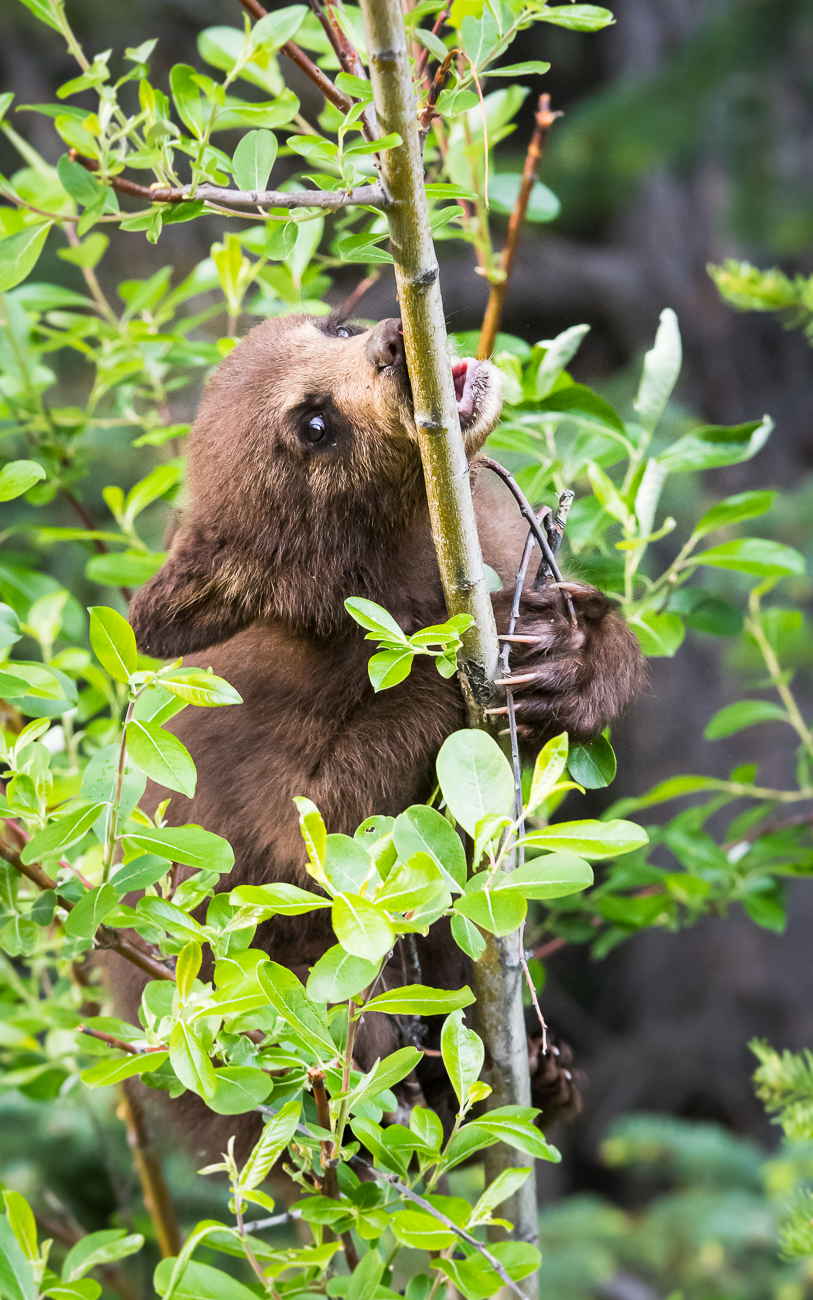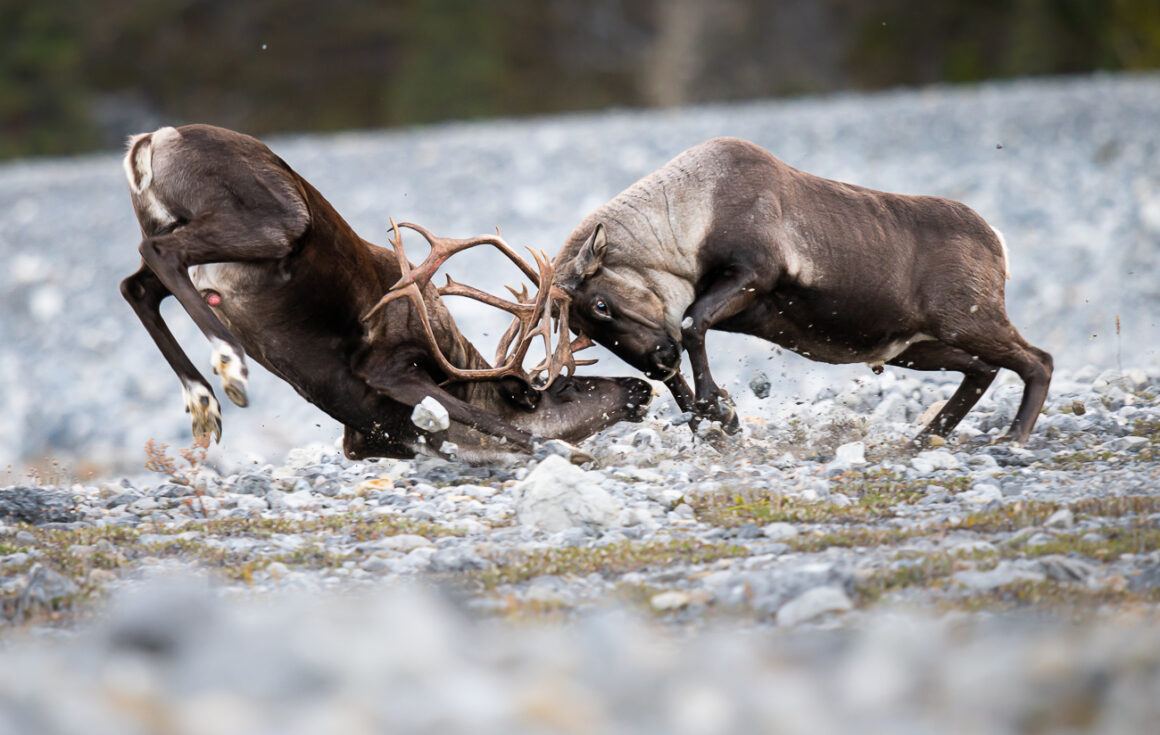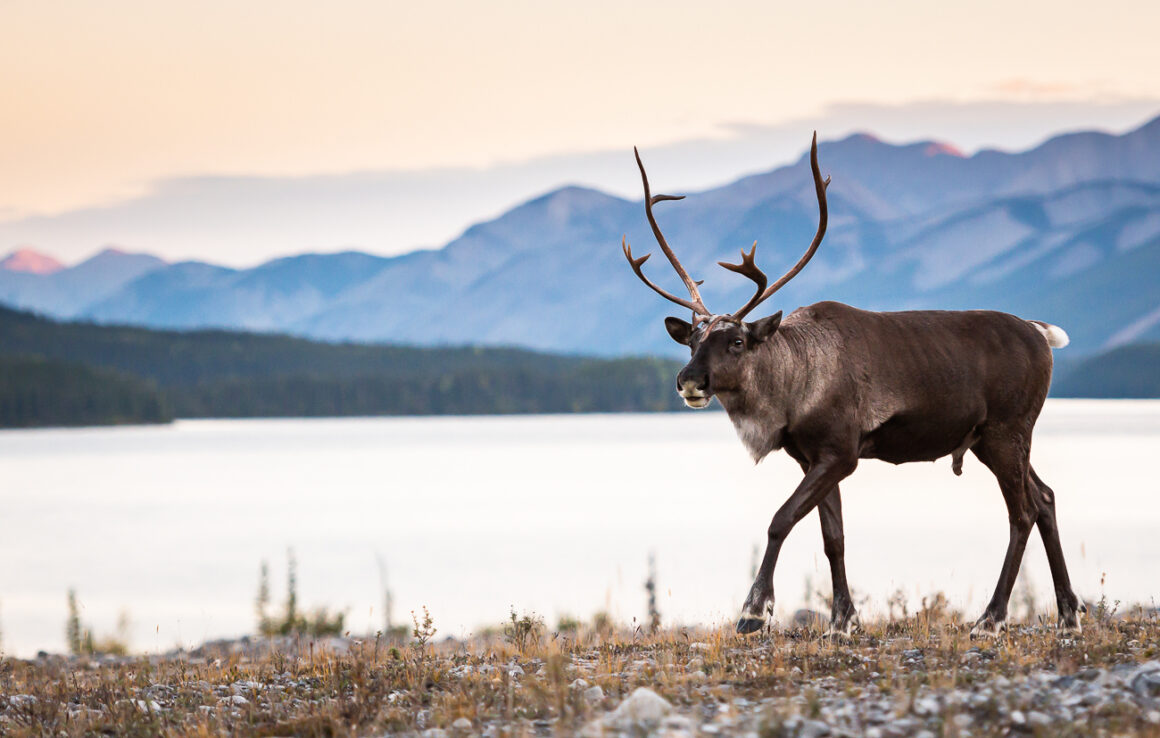Part One
How? Get outside.

- Use your phone and/or a sketchbook to capture aspects of nature around you
- Find textures, colours, shapes, lines and other elements and principles of design in the natural space you’re exploring
- Based on the elements of design you see, how might they be used to express different moods in a visual story?
- What medium are you drawn to? Why? What are the best qualities of the medium?
- Identify a few artists (locally or nationally or even globally) who use this medium in an impactful and innovative way. What are they doing differently? What is their theme or message? Have any of these artists created a visual story about the natural space you’re visiting? If they have, what can you learn from their work?
- Visualize how you might use this medium to inspire people in your community to create a better balance between people and nature? Explain your idea.
- In what ways do your skills compliment this medium? What unique perspective or attribute could you bring to this medium and the story you want to tell?
Part Two
- Gather as a class and discuss the different ideas for visual stories – the mediums, the moods, the elements of design
- Debate the effectiveness of different mediums and their possible impact on an audience
- Which approach to visual storytelling is more effective: an explicit, in-your-face message or a more subtle, nudging message? What about a positive message versus a negative message?
- Take the time to find examples of all four visual storytelling approaches before you debate these questions – and try to find examples of when each approach worked and when it didn’t
- Should art (visual storytelling) stand on its own merit for people to interpret, or should there be a specific/explicit message?
Part Three
Design a Poster for a Local Natural Area
Your Challenge
You will design a poster to promote a local natural area or park near you. The goal is to inspire others to notice, appreciate, and care about the natural spaces in your community.
Steps to Follow
Day 1 – Explore & Research
- See Examples: Look at some famous posters. Notice how artists use colour, images, and words to make you feel something. Why are these posters impactful?
- Pick a Place: Think of a nearby park, trail, river, beach, or green space you know or want to learn more about.
- Research It: Find quick facts about your place. Ask:
- Where is it?
- Why is it important? (wildlife, culture, recreation, history)
- What makes it special?
Day 2 – Design & Create
- Learn Poster Design Basics: Go over how to use layout, balance, text, and images to make your poster stand out.
- Plan Your Idea: Draw 2–3 small sketches to test out your poster design.
- Start Creating: Begin your final poster using either:
- Traditional art supplies (paint, markers, collage, etc.), or
- Digital tools (Canva, Photoshop, Illustrator, Procreate, etc.).
Day 3 – Finish & Share
- Complete Your Poster: Add details, polish your work, and make sure your message is clear.
- Gallery Walk: Hang up posters and everyone will leave sticky-note feedback on what stands out.
- Artist Statement: Write a short reflection (5–7 sentences):
- Why you chose this place.
- The message you want your poster to share.
- How your design choices (colours, text, images) help communicate your idea.
What You’ll Be Graded On
- Research & Idea: Did you learn about your natural area and show its importance?
- Design Skills: Did you use layout, colour, and text in an effective way?
- Creativity & Effort: Is your poster original, thoughtful, and carefully made?
- Reflection: Does your artist statement explain your choices clearly?
Resources

